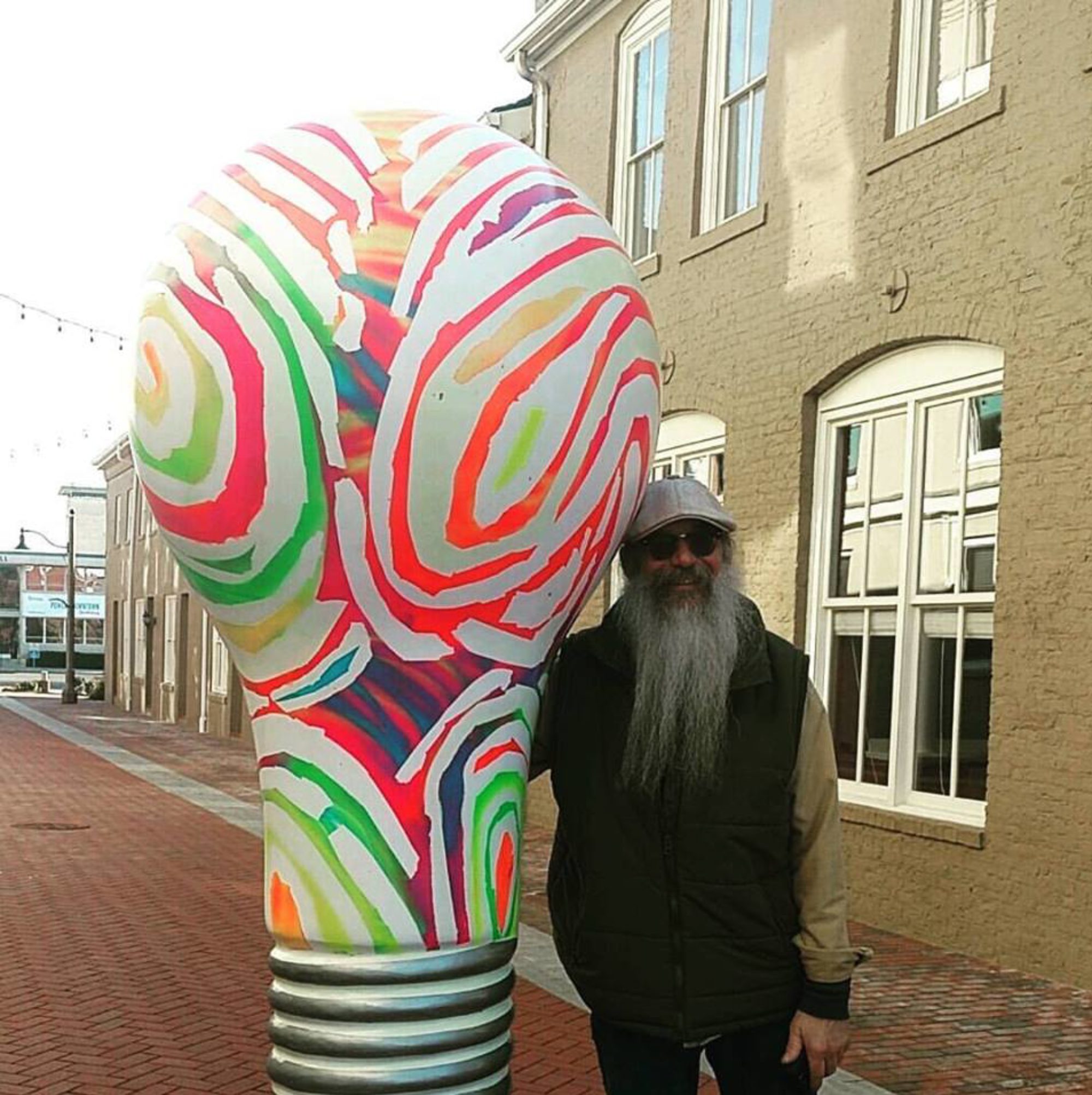
I was playing around with my camera one evening, and I took a close-up shot of the portrait of George Washington on a dollar bill. This aroused my curiosity about all of the symbolism found on the lowly buck. There is a lot more here than I thought!
We all know what a dollar bill looks like, but have you ever really looked at one? Pull one out now (I’m assuming you have a dollar) and I’ll take you on a quick tour. (There is enough here to fill a book, but I’m only going to highlight the stuff that I find interesting.)
We can probably all agree that statistics are boring, so I’ll go ahead and get them out of the way. A dollar bill is EXACTLY 2.61 inches tall and 6.14 inches in length. It is approximately one-half of one-hundredth of an inch thick and weighs about one gram. According to the Board of Governors of the Federal Reserve System, the life span of a one-dollar bill is 5.8 years. By comparison, the life span of a five-dollar bill is 5.5 years, a ten-spot is 4.5 years (the shortest), a twenty is 7.9 years, a fifty is 8.5 years, and a Benji is good for a healthy 15 years! (Early to bed, early to rise?) The Fed estimates that approximately 4,000 double folds (forward and then backward) are required to tear a note.
The stats weren’t that boring after all…
Now let’s take a look at the obverse side of the bill (for my fellow Spartanburg High School graduates, that’s the front). We all recognize our first president in the center, but did you know that he wasn’t the first person honored with this position of distinction? The first one dollar note was issued in 1862 and featured Abraham Lincoln’s Treasury Secretary, Salmon P. Chase. Yep. Salmon. George Washington didn’t make an appearance until 1869.
To the left of Washington’s portrait is a couple of letters and some numbers. They’re pretty self-explanatory. But look to the right and we see the Treasury Seal. The Treasury Seal consists of a scale to represent justice, a chevron with 13 stars to represent the original 13 states, and a key that is said to denote authority and trust. At the bottom of the seal is the date 1789. I guess that’s because it took from 1776 until 1789 for politicians to make a decision on the design.
Ok, now flip the bill over and lets take a look at the back. Franklin Roosevelt approved the final design in 1935, and there have only been a few changes since. The front of the Great Seal of the United States is to the right. The shield on the seal has 13 stripes, to represent the original 13 states and a solid bar across the top to unite the shield and represent Congress.
The eagle is holding a ribbon in its beak that contains the Latin motto E Pluribus Unum, which translates to Out of Many, One. And, not coincidentally, it contains 13 letters.
In the eagle’s right talon is an olive branch with 13 leaves and, believe it or not, 13 olives. In its left talon is a cluster of, yep, you guessed it, 13 arrows. Together these represent the power of peace and war, powers that reside solely in Congress. The eagle looks to the right. This is meant to imply that the United States is a country of peace, but if necessary is willing to defend itself. And finally, above the eagle is a constellation of 13 stars.
On the left side of the back of the buck is the reverse of the Great Seal. This was never used on our currency until FDR approved this design in 1935.
The unfinished pyramid is meant to signify strength and duration. It is incomplete to show that our country was unfinished (the seal was adopted in 1782 when there were still only 13 states. Our westward expansion had not begun). There are 13 steps rising to the top of the pyramid.
On top of the pyramid is the Eye of Providence. The all seeing eye of God. The Latin phrase above the eye, Annuit Coeptis, translates to “favor our undertaking”. Aaaannnd it contains 13 letters.
The base of the pyramid reads MDCCLXXVI. This is the Roman numeral for 1776. If you count the letters in MDCCLXXVI and the numbers in 1776 they add up to 13. Sorry but I can’t stop counting.
The banner at the bottom of the Great Seal reads Novus Ordo Seclorum (new order of the ages) and is meant to convey the idea of the New American Era. And it has 17 letters. What happened here?
Now look closely at the far left and far right of the seal and you will see what look like rattle snake rattlers. This is actually a string of 13 pearls.
Flip the bill back over. You will need a magnifying glass for this one. Rumor has it that George Washington’s pupils are hemp leaves. They look like stars to me, but whatever makes you happy!
There is at least a ton more info on the history and symbolism of the dollar bill, but like I said earlier, these are some of the things that I found interesting. There is also an almost infinite number of conspiracy theories about the symbolism found on the dollar bill. I love a good conspiracy theory, so feel free to drop yours in the comments.
If you haven’t signed up for my email list, please take a minute and leave me your addy. No spam and no ads. I promise. You will just get an email notification whenever I publish a new blog post. Two or three a month, max.
Thanks for reading!
